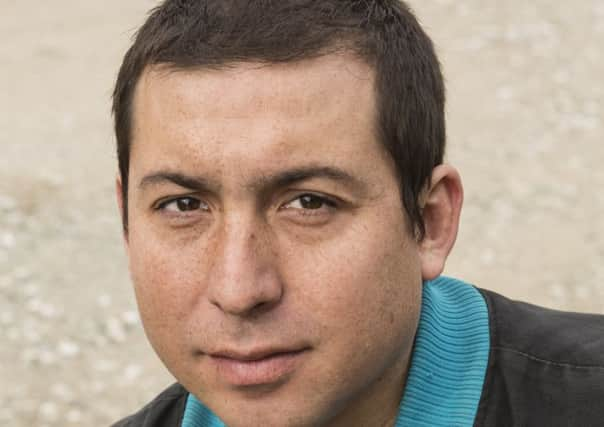Book review: There There, by Tommy Orange


It is a magnificent achievement, and reminded me a lot of Knockemstiff by Donald Ray Pollock or Locos by Felipe Alfau. These are novels built like jigsaws of short stories, and they are all the better for that. The reader is kept on their toes, wondering is this character somehow related to that character? How do these lives intersect? That it all ends with a kind of Tarantino showdown makes it a thrill and a weep at the same time.
But I used two words in the first sentence which are made problematic: Native American. “We are Indians and Native Americans, American Indians and Native American Indians, North American Indians, Natives, NDNs and Ind’ins, Status Indians and Non-Status Indians, First Nation Indians and Indians so Indian we either think about the fact of it every single day or we never think about it at all.” Among the other nomenclatures are “Urban Indian” and “Pretendarian”. These words are from a part of the book where the omniscient narrator gives a wry, quick and brutal lesson to those who brutalised groups of people for tactical and capital gain. It also reflects the divisions within the community itself. Who is allowed to be “Indian”? And if you’ve never skinned an elk does that make you less? Or does being able to use Facebook make you more. The powwow becomes the crucible for this.
Advertisement
Hide AdIt is very much an ensemble novel. We flit between the stern matriarch, her childhood innocent self, an obese, internet-addicted youth, a gang of thugs who like drugs, a teenager scarred by foetal alcohol syndrome, a man trying to make a documentary about the Indians (sorry) in Oakland, and various family figures who pop up surprisingly, and many more.
They also connect in ways which are unexpected and moving. I held my breath towards the end and was given no real answers. Maybe the white man has no place asking for justifications. The end of the novel is a kind of concerto tutti where all the voices recurse to a day which is unimaginable.
Despite the issues raised, this is a political not a polemical novel. The roving eye allows for multiple perspectives on multiple problems. It even analyses its own sense of hypocrisy. Is the writer doing any more than grandstanding about issues? The title refers to the song by Radiohead which contains the words: “Just ’cause you feel it, doesn’t mean it’s there.” It then goes through a variation into Gertrude Stein and her caustic phrase about Oakland: “There’s no there there”. It also – unvoiced – captures the words that any decent mother would say to a child.
This system of repetition occurs throughout the book. So, for example, we get “Opal is on her route. Same old same old one”. Or this more poetic passage. “Later you remember your mom saying to take drugs was like sneaking into the kingdom of heaven under the gates. It seemed to you more like the kingdom of hell, but maybe the kingdom is bigger and more terrifying than what we could ever know. Maybe we’ve all been speaking the broken tongue of angels and demons too long to know that that’s what we are, who we are, what we’re speaking”. That is a quite remarkable piece of pure rhetoric. The reiteration of certain words is staggeringly moving when read, slowly.
The other thing that sets this apart from works by, say, the now shamed Sherman Alexie, is its love of paradox. “You pray a prayer in your head to no-one in particular thinking about nothing in particular”. One character worries that thinking about thinking is a black hole of knowledge, another thinks that not thinking about not thinking about not thinking is the only way to live. Instead of the silent Indian narrator of the film One Flew Over The Cuckoo’s Nest we have characters obsessed by the technological singularity and the fact that 3D printers can be programmed to make 3D printers. There’s no hey, ho Tonto here.
Although the novel has a clear motive – an impulsive sense of grief – it is neither resentful nor forgiving. At the outset it states: “We’ve been defined by everyone else and continue to be slandered despite easy-to-look-up-on-the-internet facts about the realities of our histories and current state as a people.” That the book makes this more, rather than less, problematic is one of its great strengths.
Advertisement
Hide AdBut a novel is not a diatribe against rightly recognised wrongs. It is also a point of human communication that makes you understand about the one you thought the other. To that extent, Orange has created a remarkable work, and I have little doubt that he will be ranked in the pantheon of 21st century American novelists (though the American may be problematic). Tragedy, comedy, farce, heist, history, mythology, sociology, anger, sadness – what is that if not the definition of what only novels can do?
There There, by Tommy Orange, Harvill Secker, £14.99